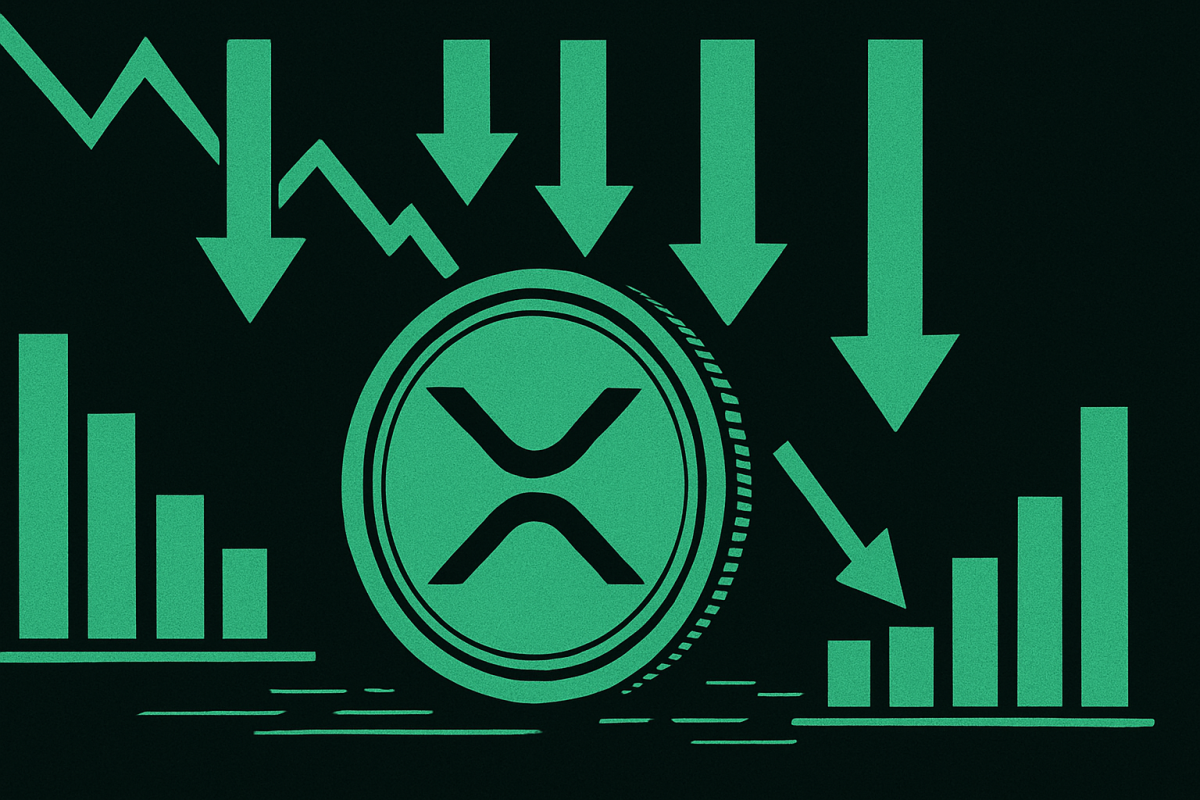- Ongoing doubts over Ripple’s massive XRP reserves and institutional market plays keep stirring fears of price stagnation endlessly.
- Fresh debate on whether Ripple’s legal win mattered at all as XRP’s price stays stuck despite clearing past hurdles.
Ripple (XRP) finds itself in debate after fresh allegations that the price of the cryptocurrency continues to be held back long after Ripple won its historic court case. A recent post by a pseudonymous has reignited fear of underlying causes stifling the rise of XRP, citing market forces as well as the practices of Ripple.
The first hit for XRP was in December 2020, when the U.S. Securities and Exchange Commission (SEC) sued Ripple for an unregistered offering of securities. Its momentum was halted as that legal challenge put XRP aside while the crypto market experienced broader gains. The user recalled:
It didn’t just slow XRP down — it stole years of growth. While the market soared, XRP sat sidelined,
Ripple’s court victory in 2023 was supposed to unlock the potential of the coin. But recent talk indicates that even after being legally cleared, XRP’s price refuses to break through. The same user wrote:
The Big Question. The SEC lawsuit clearly impacted XRP’s price. But what if that’s not the only force keeping it down?
Ripple’s 43 Billion XRP—Supply Control or Price Trap?
One major concern surrounds Ripple’s huge XRP reserves. It has more than 43 billion XRP in escrow that hasn’t changed since 2017, when Ripple initiated the release of XRP each month to manage supply. Critics claim that the constant selling might limit price increase potential, but Ripple’s CTO maintains that the On-Demand Liquidity (ODL) transactions have no impact on the market.
There are several big wallets that are not directly associated with Ripple but have a huge amount of XRP in their possession. When these wallets make huge transfers, the price of XRP drops. Although the correlation exists, there is no solid evidence of manipulation.
A scientific analysis made prominent by the user adds yet another twist. It revealed a negative correlation of -0.73 in the structures of transactions and the price of XRP. While this observation falls short of establishing price suppression, it highlights how complicated trading activities may drag XRP’s performance down.
Institutions Accused of Squeezing the Market
Another theory alleges that major financial institutions are actively buying low and planting seeds of doubt in the value of XRP.
Speculation runs deep — some believe big banks are buying low while spreading doubt. One theory? Institutions want XRP cheap before mass utility adoption. It sounds conspiratorial — but keeps resurfacing for a reason,
In 2017, XRP experienced price spikes along with a corresponding uptick in network usage. Interestingly, shortly before major declines, community clusters contracted, and a few nodes became dominant, fueling fears of market manipulation. While these trends have raised some eyebrows, however, many in the community are wary of leaping to conclusions.
Not everyone buys into the suppression narrative. Attorney Bill Morgan has consistently disputed exaggerated claims about Ripple’s influence. Morgan clarified:
Firstly, Ripple does not own 43% of supply. even CoinMarketCap publishes that the circulating supply (excluding what Ripple holds outside escrow) is 58.5%,



